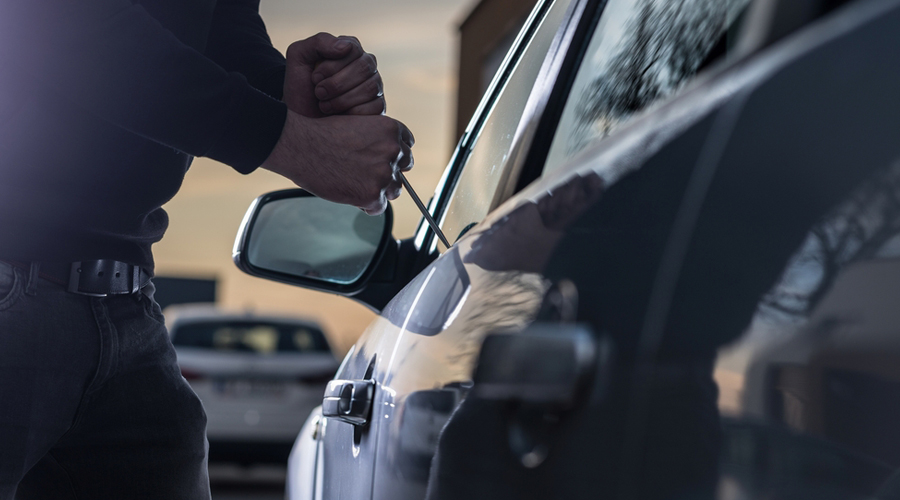
Some car insurance rates are rising in Canada as the problem of car theft increases. News Eric Stauber – Global News.
Rates.ca, an insurance rate aggregator site, reported that insurance premiums for models that are the most stolen vehicles have increased by 25 to 50 percent over the past two years.
The Insurance Bureau of Canada told Global News on Wednesday, the day after the Rats.ca report, “We are aware that some insurance companies are charging this ‘High Risk Car Theft Surcharge’ only in certain high risk areas and/or for high risk vehicles.”
“Many companies are waiving the surcharge if the policyholder takes an active role in the effective protection of his or her vehicle,” the bureau said.
According to the Équité Association, which investigates the rise in car theft rates, the Honda CR-V is the most stolen car model in Canada. Apart from this there is Lexus RX series, Ford F-150 and Honda Civic.
“This is a national crisis, the first six months of 2023 are proving to be worse than 2022,” Brian Gasty, vice-president of research at Equity, told Global News.
Canada has become a “source country” for stolen cars and international thieves target the country because it’s easy to steal, Gasty previously told Global News. Thieves smuggle stolen cars to places like Africa to make a profit.
Insurance companies suffer as more cars are stolen. According to rates.ca, in 2022 companies faced $1 billion in lost car insurance claims. This was significantly higher than in 2021.
According to Equity data, car theft rates in Ontario increased by nearly 50 per cent in 2022 over 2021, while Quebec rose by more than 50 per cent, Alberta by nearly 20 per cent and Atlantic Canada by nearly 35 per cent.
Insurance companies are now apparently trying to cover losses caused by car theft.
A 35-year-old motorist, who didn’t know beforehand, saw his insurance premiums for a Honda CR-V go up 26 percent between 2022 and 2023, reports Rates.ca.
Some insurance companies, such as CAA, charge an additional $500 in premiums for vehicles with a high risk of theft. However, if motorists purchase an anti-theft device such as wheel locks, the surcharge is waived off.
Aviva, Gore Mutual and TD Insurance require customers to install a tracking system from Canadian company Tag on their vehicles to avoid “high theft vehicle surcharges,” reports Rates.ca.
Installation reportedly costs around $400 and the parts that are commonly sold on the car are attached to separate trackers, making resale of the parts difficult and increasing the chances of the car being repossessed. Some companies offer reimbursement for installing the tag system, while others simply waive the surcharge.
Daniel Evans, sales team leader at rates.ca, told Global News that the introduction of additional surcharges by insurance companies is a completely new initiative that started only a couple of months ago. Right now a handful of companies have introduced it, but the situation may change in the future.
Evans said customers could receive advance notice of their premium increase, then be given the option to withdraw it in exchange for taking specific steps to prevent theft.
“A lot of companies in the market are offering options (to reduce surcharges),” Evans said.
Equity recommends a “multi-layered” approach to deterring car theft, with several measures to deter thieves. These include keeping car doors locked at all times, parking in well-lit areas and in secure garages if possible, turning off the key fob or keeping it in an RFID-blocking pouch when at home. To prevent thieves from activating it and locking the wheels.
When asked what steps the federal government is taking to address the rise in car thefts, the Canada Border Services Agency (CBSA) said in an e-mail message Wednesday that its resources are “strategically allocated to respond effectively to threats or service demands at ports of entry.” done.”
“The CBSA conducts a risk assessment of all containers on all vessels to identify potentially high-risk shipping. The declaration of all containers and their contents is mandatory and is a means of risk assessment.”
According to the agency, they also use appropriate technologies such as X-ray or gamma-ray machines to identify vehicles in containers.
